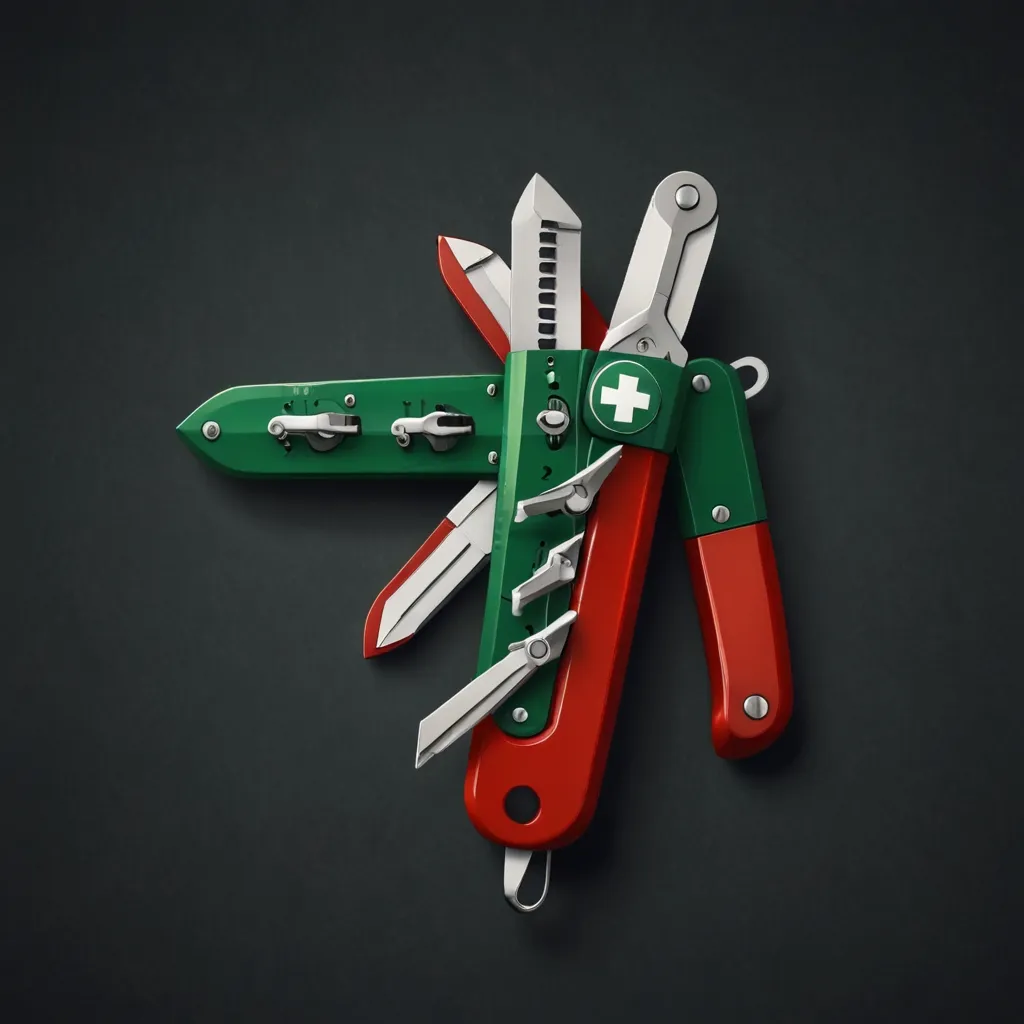PyTorch has really changed the game for developers and researchers by making it easier to build and train deep learning models. It’s an open-source machine learning library developed by Meta AI, and it sits on top of the Torch library. If you’re into machine learning, you’ve probably heard of PyTorch. It’s become super popular because it’s user-friendly, flexible, and has that Pythonic vibe.
So, what is PyTorch? It’s basically designed to make deep learning simpler and more effective. You can train machine learning models with just a few lines of code that feel a lot like Python. It’s a true powerhouse for tasks like image recognition, natural language processing, and predictive analysis. What’s cool is that it smoothly moves from research prototyping to production deployment.
One of the best things about PyTorch is its dynamic computational graphs. Unlike static graphs used in other frameworks like TensorFlow, PyTorch’s dynamic graphs give you more flexibility. You can tweak models on the fly, which is super handy for researchers constantly experimenting with new ideas.
Getting started with PyTorch is pretty straightforward. First, you need to install it. There’s an installation page on the PyTorch website that supports various platforms. Once installed, you can quickly check if everything’s working fine:
import torch
print(f"PyTorch version: {torch.__version__}")
The syntax is friendly and memorable, using abbreviations like nn for “Neural Networks.” This keeps the code neat and easy to read:
from torch import nn
this_is_a_module = nn.Linear(in_features=1, out_features=1)
print(type(this_is_a_module))
At the heart of PyTorch are tensors, which are kind of like NumPy arrays but with special powers. For instance, they can run on GPUs and support automatic differentiation. You can create and play around with tensors like this:
# Create a single number tensor (scalar)
scalar = torch.tensor(7)
# Create a random tensor
random_tensor = torch.rand(size=(3, 4))
# Multiply two random tensors
random_tensor_1 = torch.rand(size=(3, 4))
random_tensor_2 = torch.rand(size=(3, 4))
random_tensor_3 = random_tensor_1 * random_tensor_2
If you have a GPU, you can move tensors there for faster computations:
# Move a tensor to a GPU (if available)
device = torch.device("cuda:0" if torch.cuda.is_available() else "cpu")
tensor_on_gpu = tensor.to(device)
Feeding data into your models efficiently is crucial, and PyTorch makes this easy with its datasets and data loaders. Here’s a simple way to set them up:
from torch.utils.data import Dataset, DataLoader
class CustomDataset(Dataset):
def __init__(self, data, labels):
self.data = data
self.labels = labels
def __len__(self):
return len(self.data)
def __getitem__(self, index):
return self.data[index], self.labels[index]
# Example usage
data = [1, 2, 3, 4, 5]
labels = [0, 0, 1, 1, 0]
dataset = CustomDataset(data, labels)
data_loader = DataLoader(dataset, batch_size=2, shuffle=True)
When it comes to building neural networks, PyTorch keeps things simple. Check out this example of a basic neural network module:
from torch import nn
class SimpleNeuralNetwork(nn.Module):
def __init__(self):
super(SimpleNeuralNetwork, self).__init__()
self.linear = nn.Linear(5, 3) # input layer (5) -> hidden layer (3)
def forward(self, x):
out = self.linear(x)
return out
model = SimpleNeuralNetwork()
Training your model includes defining a loss function, an optimizer, and creating a training loop. Here’s a little snippet to get the idea:
# Define the loss function and optimizer
criterion = nn.MSELoss()
optimizer = torch.optim.SGD(model.parameters(), lr=0.01)
# Training loop
for epoch in range(100):
optimizer.zero_grad()
outputs = model(inputs)
loss = criterion(outputs, labels)
loss.backward()
optimizer.step()
print(f'Epoch {epoch+1}, Loss: {loss.item()}')
PyTorch has domain-specific libraries too. TorchVision is for computer vision tasks, TorchText handles natural language processing, and TorchAudio takes care of audio data processing. Here’s how you can load a pre-trained model:
import torchvision
from torchvision import datasets, models, transforms
# Load a pre-trained model
model = models.resnet18(pretrained=True)
Once your model is trained, you’ll want to deploy it. PyTorch offers tools like TorchScript and TorchServe for this purpose. Saving and loading a model is a breeze:
# Save a model
torch.save(model.state_dict(), 'model.pth')
# Load a model
model.load_state_dict(torch.load('model.pth'))
PyTorch is often compared to TensorFlow, another big player in the machine learning world. TensorFlow is more mature and better suited for production, but PyTorch wins points for ease of use and rapid prototyping thanks to its dynamic computational graphs and Pythonic syntax.
The learning curve for PyTorch is pretty gentle, especially if you’re already familiar with Python. It uses straightforward Python concepts like classes, structures, and conditional loops, making it easy to pick up. However, TensorFlow has a larger community and more extensive learning resources, providing additional support when needed.
At its core, PyTorch is a robust tool for anyone interested in machine learning and deep learning. Its simplicity, flexibility, and rich ecosystem make it a favorite among researchers and developers alike. Whether you’re just starting out or you’re refining complex models, PyTorch has the tools you need to build and deploy deep learning models efficiently. With features like dynamic computational graphs, specialized libraries, and seamless deployment options, PyTorch is definitely a top choice for diving into deep learning.






